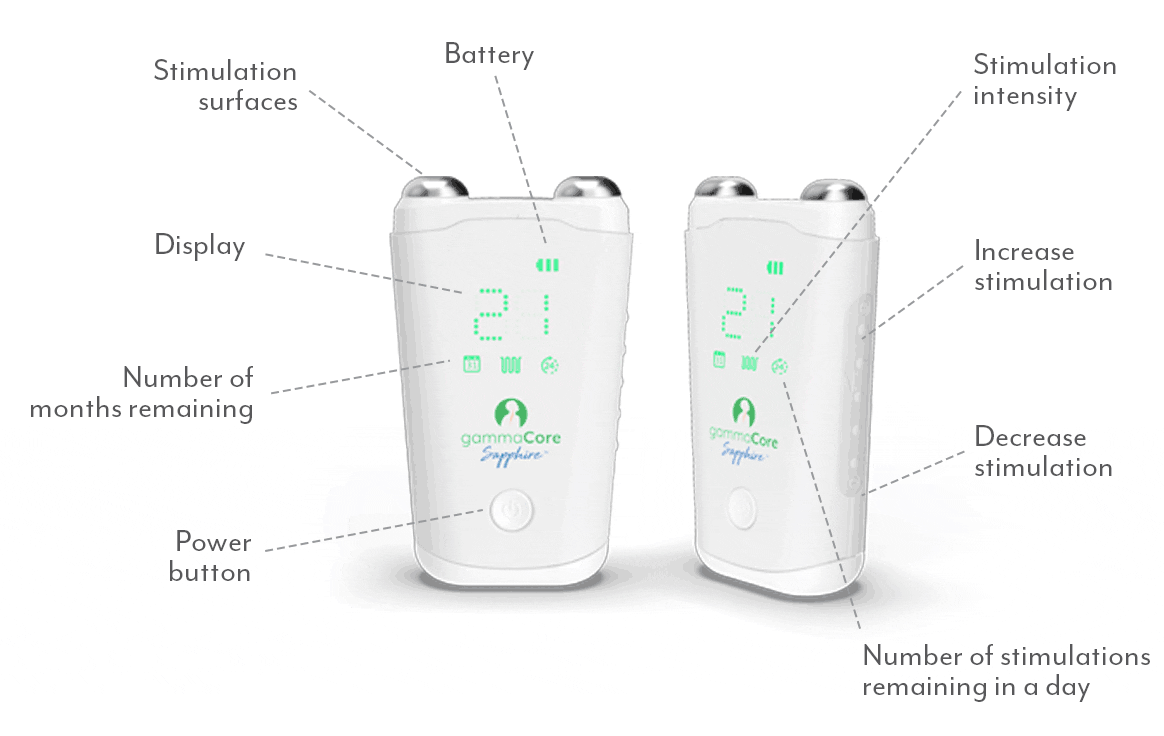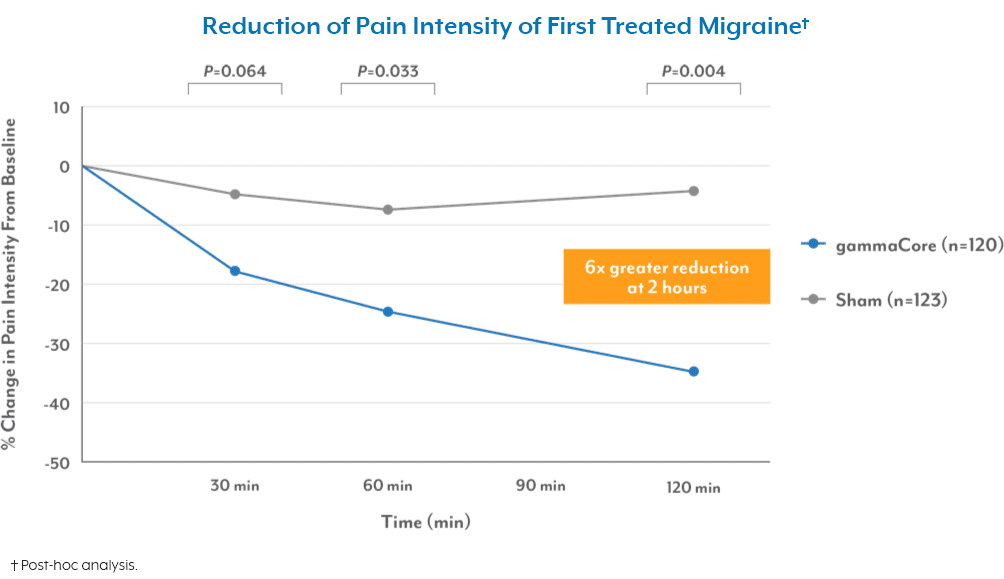
There can be a certain charm to the fall season, but if you’re one of the many people who suffer from migraine, this time of year can bring more discomfort than joy. The good news is that you don’t need to go into hiding to get through it. Understanding the most common fall migraine triggers can help you better manage and minimize their impact on your life, so you can go out and enjoy all that the season has to offer.
The Most Common Fall Migraine Triggers
- Changes in Temperature: As the temperature begins to drop in the fall, it leads to less humidity in the air and increased barometric pressure. This change in atmospheric pressure can cause changes in the brain’s blood vessels, and studies have shown that even a small change in pressure can trigger migraine symptoms, especially among chronic sufferers.1
- Seasonal Allergies: For many people, one unfortunate side effect of the fall season is the onset of seasonal allergies to things like mold and ragweed pollen. These allergens increase histamine levels in the body, causing sinus inflammation and nasal congestion, which can lead to migraine, particularly for those who are already predisposed.2 Keeping allergy symptoms at bay can help prevent migraine onset in the fall season.
- Cold and Flu Season: You’re more likely to catch a cold or flu in the fall. Like seasonal allergens, viruses can cause inflammation, congestion, chills, aches, and other symptoms that can trigger a migraine.
- Daylight Savings Time and Shorter Days: Daylight savings time is a common fall migraine trigger. Although clocks only go back one hour, the time change and shorter days can affect the body’s circadian rhythm, triggering changes in sleep patterns. Poor sleep quality is known to increase the frequency of migraine.3
- Fall Foods: Between Thanksgiving and the holidays, there’s no shortage of delicious meals and treats to enjoy in the fall. But, while you’re enjoying all the seasonal fare, it’s important to remember that certain foods and drinks, including aged cheeses, processed meat, artificial sweeteners, and alcohol, can trigger a migraine.
How to Manage Fall Migraine Triggers
In addition to the usual strategies to prevent migraine, here are a few extra precautions you can take this fall to manage your symptoms and keep the pain away.
- Keep a close eye on the weather forecast. If you’re particularly sensitive to temperature and pressure changes, it’s helpful to know ahead of time if there’s a significant shift coming. This way, you can take proactive measures to manage your migraine risk.
- Get a handle on fall allergies. If you’re prone to fall allergies, make sure you have a plan to manage them before the season changes. It might be as simple as avoiding allergens or talking to your health care provider about allergy medications that might work for you. Getting control over allergies will reduce the chances of them leading to a migraine.
- Keep the germs at bay. Washing your hands throughout the day, using hand sanitizers, and staying away from people who are sick will all help to avoid the fall migraine trigger of cold and flu season.
- Prioritize healthy sleep habits. Even with the time change, you can still maintain a regular sleep schedule by going to bed and waking up at the same time every day, even on the weekends. Adults need at least seven to nine hours of quality sleep each night.4
- Be mindful of the menu. To avoid food-related migraine triggers this fall, be cognizant of what you eat and drink. Keeping a food diary and identifying potential food-related migraine triggers can help you make informed choices.
- Talk to your health care provider about alternative options. If you’re looking for an innovative, non-drug solution for migraine, consider gammaCore™ non-invasive vagus nerve stimulator (nVNS). This portable, handheld device relieves and prevents migraine pain when used twice daily. You can get gammaCore nVNS with a prescription from a health care provider and use it at home or while on the go for easy, drug-free migraine relief.
To see if gammaCore is right for you, visit our clinic finder to locate a health care provider near you, or contact our dedicated Customer Experience team at 888-903-2673 or customerservice@electrocore.com.
References
1.Okuma, H., Okuma, Y., & Kitagawa, Y. (2015). Examination of fluctuations in atmospheric pressure related to migraine. Springerplus, 4(790). https://doi.org/10.1186/s40064-015-1592-4
2. Seasonal migraine triggers and how to stay healthy. American Migraine Foundation. (2023, June 8). https://americanmigrainefoundation.org/resource-library/seasonal-migraine-triggers/.
3. Lin, Y.K., Lin, G.Y., Lee, J.T., Lee, M.S.; Tsai, C.K., Hsu, Y.W., Lin, Y.Z., Tsai, Y.C., Yang, F.C. (2016). Associations Between Sleep Quality and Migraine Frequency: A Cross-Sectional Case-Control Study. Medicine, 95(17). https://doi.org/10.1097/MD.0000000000003554
4. Hirshkowitz, M., Whiton, K., Albert, S. M., Alessi, C., Bruni, O., DonCarlos, L., Hazen, N., Herman, J., Katz, E. S., Kheirandish-Gozal, L., Neubauer, D. N., O’Donnell, A. E., Ohayon, M., Peever, J., Rawding, R., Sachdeva, R. C., Setters, B., Vitiello, M. V., Ware, J. C., . . . Hillard, P. J. (2015). National Sleep Foundation’s sleep time duration recommendations: Methodology and results summary. Sleep Health, 1(1), 40-43. https://doi.org/10.1016/j.sleh.2014.12.010



